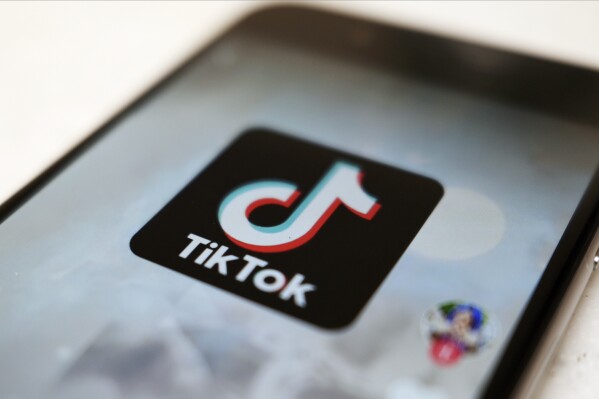
The banning and unbanning
What may have seemed like the longest 15 hours to Americans was just the beginning of a long battle.
The 170 million Americans who scroll endlessly on the Chinese app TikTok were granted a 75-day grace period by newly-inaugurated President Donald Trump on Monday, Jan. 20.
“I will issue an executive order on Monday to extend the period of time before the law’s prohibitions take effect, so that we can make a deal to protect our national security,” Trump wrote on Truth Social on Sunday. “My initial thought is a joint venture between the current owners and/or new owners whereby the U.S. gets a 50% ownership in a joint venture set up between the U.S. and whichever purchase we so choose.”
TikTok then restored its services hours after Trump’s announcement.
What does this mean?
Your answer is going to be long and complicated but let’s break it down for you. TikTok right now is worth around $100-200 billion.
Only a few Americans are seriously interested in buying the app according to Forbes, including Perplexity AI, Elon Musk, MrBeast, Project Liberty, Kevin O’Leary, Rumble, Bobby Kotick and Steve Mnuchin. These are either billionaires or mass companies that have made serious offers or are just considering.
Experts have noted that the Chinese government says private companies can make their own decisions on whether or not to sell or merge TikTok. With that, President Trump aims to “police” the app by gaining 50% of the company and taking away the current algorithm that makes the app addicting.
Why is the algorithm for TikTok effective and important?
Experts say that TikTok’s algorithm is a system that decides what content will be displayed on each user’s For You Page—it’s a recommendation system for each user, in other words. TikTok’s algorithm has been lauded for its accuracy with the impressive (and sometimes unsettling) personalization it offers every TikTok account. It’s why you may see an abundance of cat videos while your roommate frequently sees recipe ideas and your sister gets all of the true-crime breakdowns.
TikTok’s algorithm prioritizes engagement, video information and the settings for your account and device. While we don’t know the full extent of how the TikTok algorithm works, like most social media companies, the bulk of its programming is proprietary and only some details are shared publicly.
You will not need to crawl into a hole again, but Americans need to brace themselves for changes to the app, including the specific organization of the algorithm.
Looking ahead
A message that Americans were met with on the home screen of TikTok late on Jan. 18 said, “A law banning TikTok has been enacted in the U.S. Unfortunately, that means you can’t use TikTok for now. We are fortunate that President Trump has indicated that he will work with us on a solution to reinstate TikTok once he takes office. Please stay tuned!”
Then, on early Jan. 19 users reopened the app and read “Welcome Back! TikTok has been temporarily unbanned by President Elect Donald Trump!”
The TikTok ban feels like the digital version of grounding a teenager—good luck with that! While some say it’s a necessary move to protect national security, others argue it’s just another step toward banning all our fun.
The road ahead? Oh, it’s going to be a bumpy ride. Governments will scramble to rewrite laws, tech companies will pretend they’re totally surprised and users will act like they’ve just lost their best friend. Somewhere in the middle, we’ll try to figure out how to balance safety and memes. Spoiler: It’s probably going to take longer than a viral dance challenge.
The final countdown
The Supreme Court faces a high-stakes decision on TikTok’s future as Trump pushes to go 50/50 on the app. The Chinese owners don’t see that working out. Trump, ever outspoken, claims TikTok poses a grave national security threat, accusing China of using the app to steal U.S. data. The case raises critical questions about digital sovereignty, free speech and government overreach. The outcome will shape the future of online freedoms—and who controls them.

